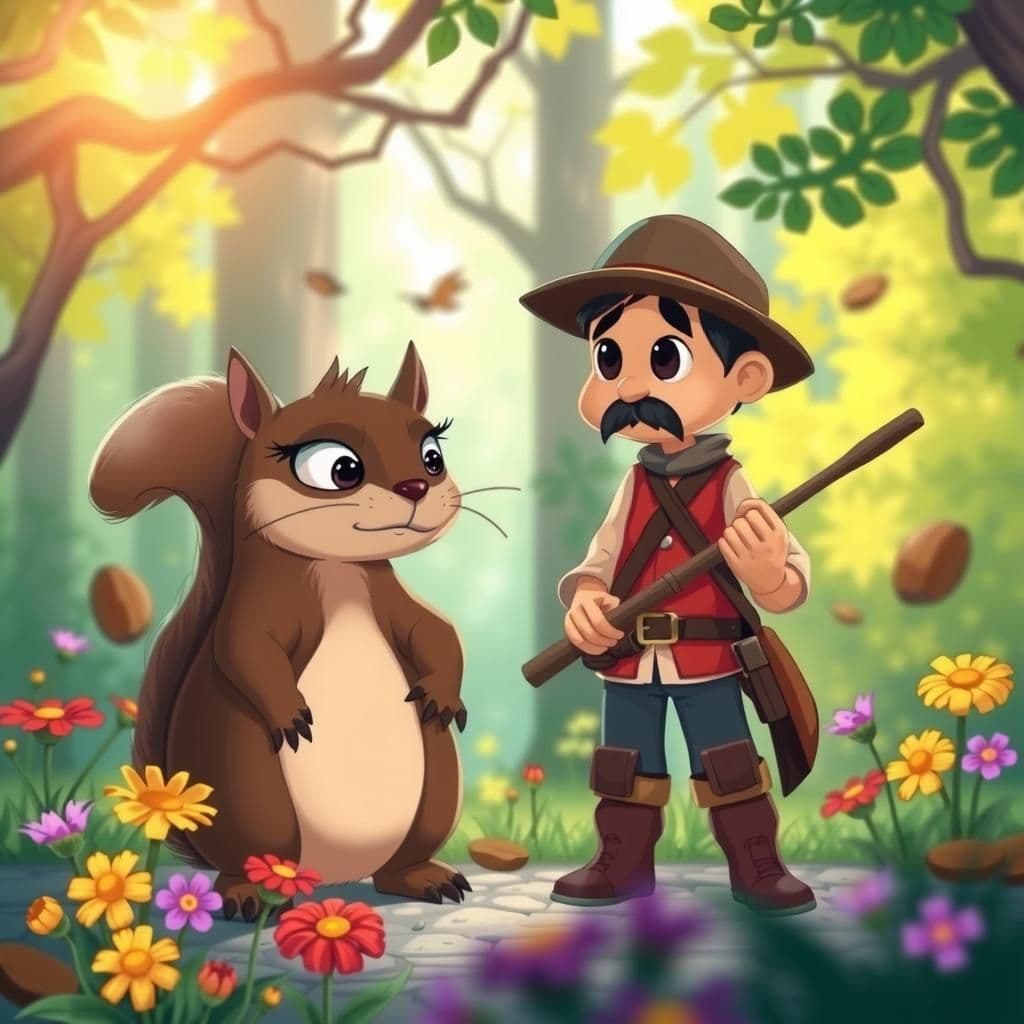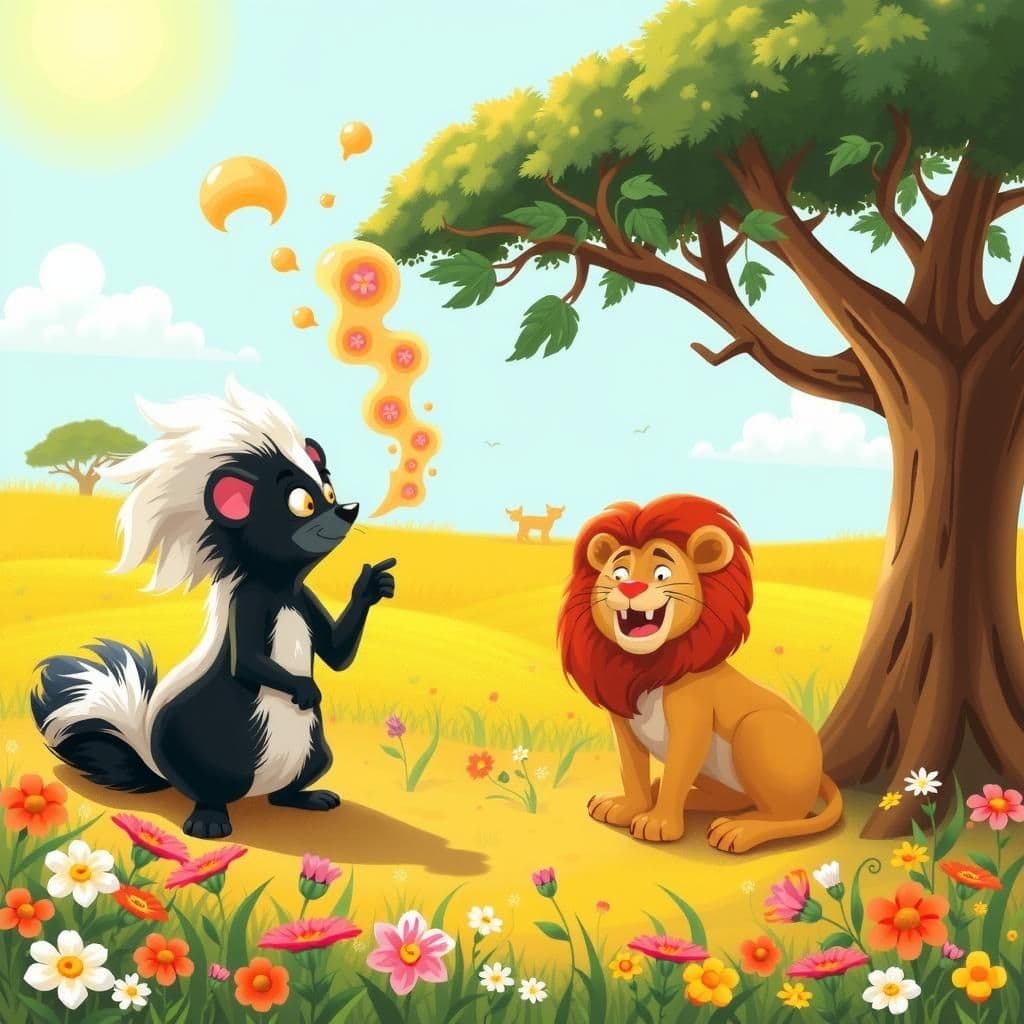The Fawn and His Mother

Story Summary
In the folklore tale "The Fawn and His Mother," a young fawn questions why his larger and faster mother is afraid of hounds. She explains that despite her advantages, the mere sound of a dog terrifies her, highlighting the lesson that courage cannot be instilled in the inherently timid. This thought-provoking moral story serves as a quick read, reminding us that bravery is not solely determined by physical attributes.
Click to reveal the moral of the story
Courage cannot be instilled through reasoning or advantages; it is an innate quality that varies among individuals.
Historical Context
This story echoes themes found in Aesop's Fables, a collection of moral tales attributed to the ancient Greek storyteller Aesop, who is believed to have lived around the 6th century BCE. The fable illustrates the idea that innate qualities and advantages do not guarantee bravery, reflecting a cultural understanding of fear and instinct in both human and animal behavior. Similar motifs of courage and fear appear in various folklore traditions, emphasizing the universal nature of these emotions.
Our Editors Opinion
This fable highlights the notion that external advantages do not always translate into inner strength or confidence, a lesson that resonates in our modern lives where anxiety and fear can overshadow our skills and capabilities. For instance, a highly qualified job candidate may freeze during an interview due to nerves, illustrating how even the most impressive qualifications can be rendered ineffective if one lacks the courage to assert themselves.
You May Also Like

The Sportsman and the Squirrel
In this wisdom-packed moral story, a Sportsman, after wounding a Squirrel, chases it with a stick, claiming he wishes to end its suffering. The Squirrel, defiantly revealing the hypocrisy of the Sportsman's actions, asserts its desire to survive despite its pain. Overcome with shame, the Sportsman ultimately refrains from harming the Squirrel and walks away, highlighting the value-based moral that true compassion must align with understanding and respect for life.

The Fox and the Cat
In "The Fox and the Cat," a well-known moral story from short story collections with moral lessons, a boastful Fox brags about his many tricks for escaping danger, while the pragmatic Cat relies on her single, reliable method. When a pack of hounds approaches, the Cat quickly escapes by climbing a tree, while the Fox hesitates and ultimately meets his demise. This engaging moral tale emphasizes the value of having one dependable solution over numerous uncertain options, making it a great addition to moral stories for students.

A Needless Labour
In "A Needless Labour," a Skunk seeks revenge on a Lion for a perceived slight and confronts him with an unpleasant odor, believing it to be an effective tactic. However, the Lion dismisses the Skunk's efforts, revealing that he already recognized his identity, making the Skunk's actions pointless. This unique moral story teaches a valuable lesson about the futility of seeking revenge in educational moral stories for class 7.
Other names for this story
Fearful Fawn, Courage of the Fawn, The Fawn's Fear, Lessons from the Fawn, The Brave Mother, Swift and Fearful, The Cowardly Fawn, Motherly Wisdom
Did You Know?
This story highlights the theme that true courage cannot be measured by physical attributes or advantages; even the strongest can feel fear in the face of danger, illustrating the psychological nature of bravery. The fawn's innocent questioning underscores the often misunderstood relationship between strength and fear.
Subscribe to Daily Stories
Get a new moral story in your inbox every day.